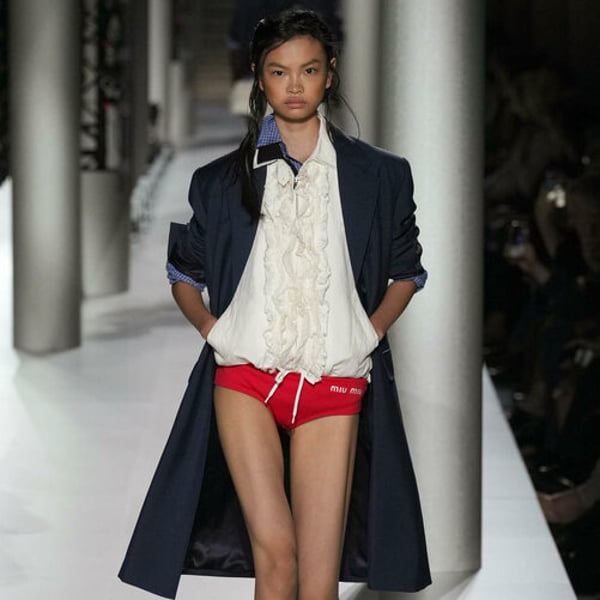Translated by
Roberta Herrera
Published
August 2, 2024
Italy, a hub for many of the world’s luxury manufacturers, has already been hit hard by the economic crisis. The slowdown that began in late 2023 in the textile and clothing sector has continued and intensified. By mid-2024, 75% of companies saw their revenues decline, with a quarter of them experiencing declines of almost 20% or more. This grim picture is painted by the research office of Sistema Moda Italia, the employers’ federation of the Italian fashion industry.
Economic instability, inflation, high interest rates and rising energy costs have reduced consumer purchasing power, which has been further undermined by geopolitical tensions. This difficult environment is one of the main concerns of the Italian fashion industry, as highlighted by the SMI survey.
Only 17% of the surveyed entrepreneurs reported an increase in their revenues in the first six months of the year. Thus, SMI estimates an average decrease in sales of 5.8% compared to the same period in 2023. Sector players do not anticipate an improvement in the second half of the year. In fact, while 48% believe that market conditions will stabilize, 33% expect a further deterioration and only 19% foresee some improvement.
The survey, conducted in early July in several regions, mainly among small and medium-sized enterprises (SMEs), reveals that only 19% of companies expect their sales to increase for the rest of the year. Meanwhile, 61% anticipate a slowdown and 20% believe their sales will remain stable. SMI forecasts that the first nine months of 2024 will close with a 6.2% decline in revenues for the textile and clothing sector.
For the year as a whole, expectations remain gloomy: 64% of traders expect to end 2024 below 2023 levels, and only 11% expect an improvement. The majority of traders, 70%, do not expect a recovery until early 2025.
A call for the urgent adoption of a strategic plan
Although the level of employment in the sector, which employs nearly 300,000 people, remains relatively stable according to 54% of employers (with an increase noted by 26% of respondents), 20% report a reduction in staff. As for social safety nets, 26% of respondents admit to having used them in the second quarter. Where they were used, technical unemployment often affected a large part of the workforce, ranging from 60% to over 80%. This trend is expected to intensify, with one in three companies (33%) planning to use social safety nets in the third quarter.
“The historical period we are experiencing poses ever greater challenges for the textile and fashion industry: it is necessary to revitalize the entire production chain with specific measures, strengthening strategic relations with Europe and key markets,” said Sergio Tamborini, President of SMI, in a press release. The President calls for “the urgent adoption of a strategic plan to preserve creative capital, human capital and industrial technological capabilities.”
The Italian fashion sector, including leather goods and accessories, has exceeded 110 billion euros in turnover in 2023, 5% more than in 2022. The textile and clothing sector alone reached 64 billion euros, of which 70% comes from exports, and men's fashion almost 12 billion euros. “If we close 2024 with the same values as in 2023, we can consider ourselves lucky,” Sergio Tamborini confesses in a recent interview.
Copyright © 2024 FashionNetwork.com All rights reserved.












